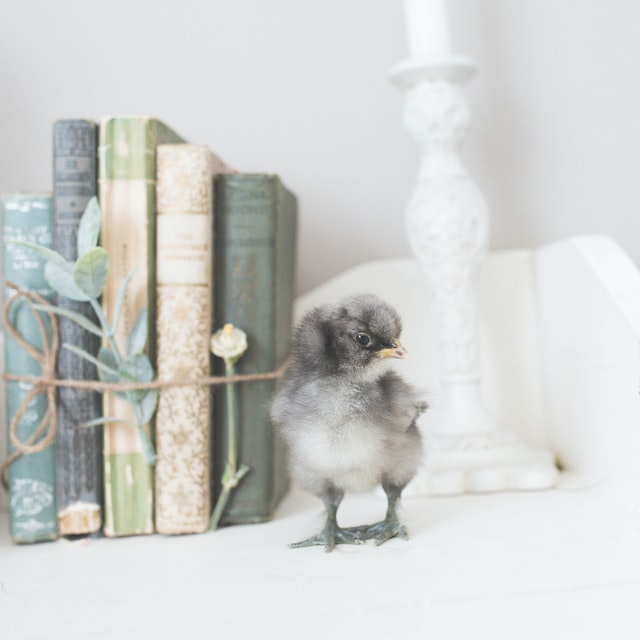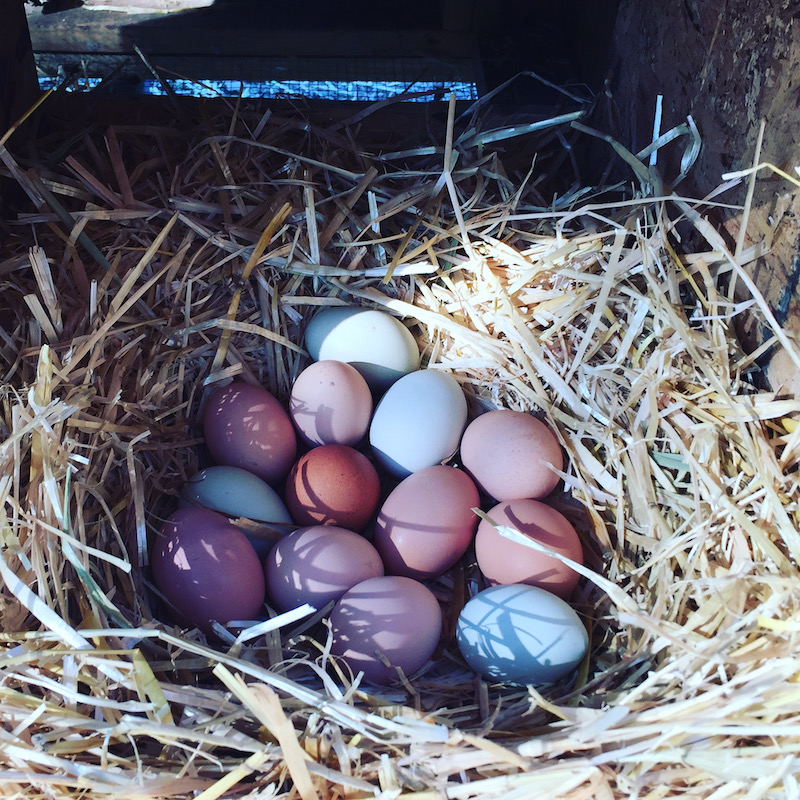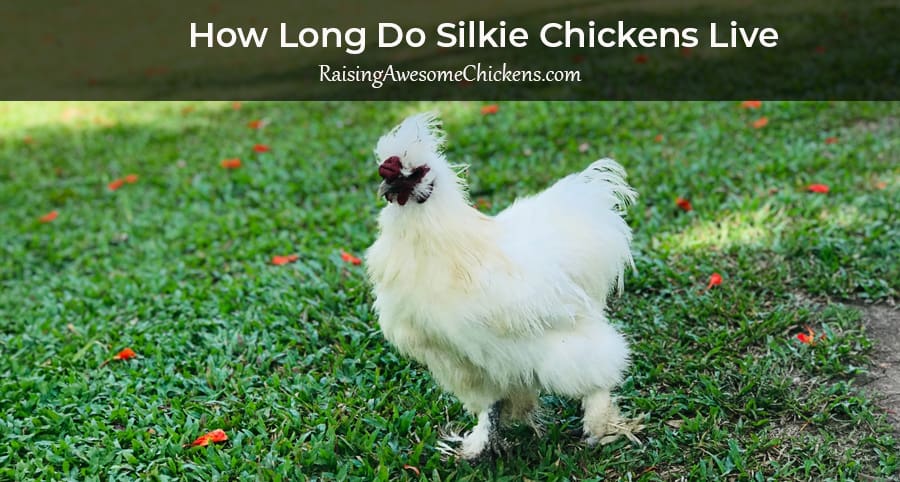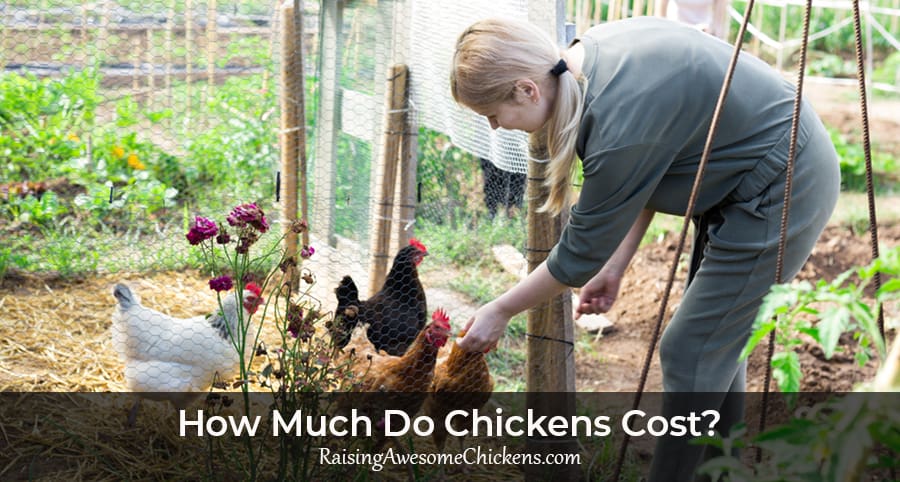Last Updated on February 18, 2024 by AwesomeChickens
Okay, we have to admit, the entire mating process of two chickens is an interesting sight to see. For anyone that isn’t familiar with the process, that may sound a little strange, but once you read further, we are pretty sure you will agree.
From the rooster’s elaborate, enchanting, and romantic chicken dance to their unique balancing act, the mating sessions between a rooster and hen are nothing like anything farmers have seen before.
If you want to know more about how chickens mate, how hens produce eggs, and the anatomy of both genders, continue reading this article. We will also provide a quick FAQ section at the end to quickly answer the more straightforward questions.
Table of Contents
How Do Chickens Mate?
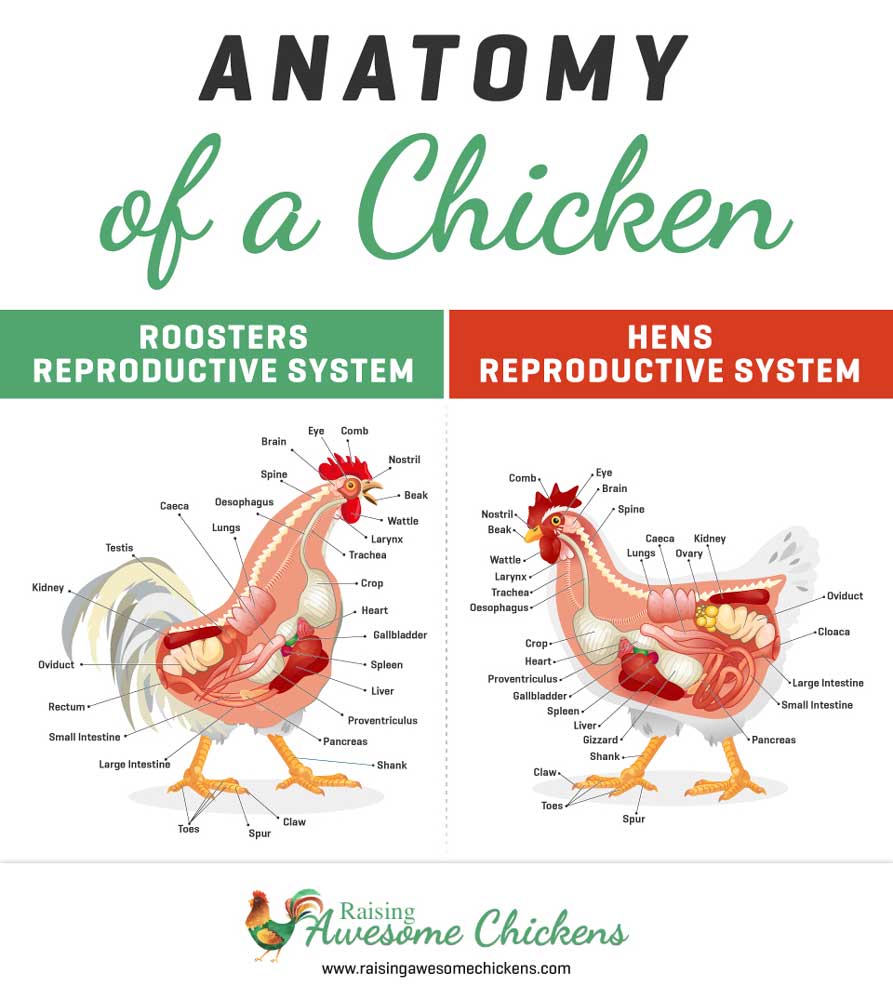
Chickens mate not only for reproduction but also as a way of showing hierarchy in a coop. So, even when there is no sperm transferred, you will still see chickens matting often (sometimes too often.)
Before the mating begins, you will notice the roosters strutting their stuff around the coop, showcasing their feathers, and making their presence known to all of the hens interested enough to pay attention.
When the rooster has picked his hen, he will give clues, indicating he is ready. If she is okay with this, she gets into position, and the rooster mounts her from behind. The whole production takes less than a minute, and the chickens will dust themselves off and carry about their day.
Roosters Mating Ritual
To request mating, a rooster will put on quite a show for the lucky lady. Males chickens will fluff out their feathers with their wings spanned out and sway from the front, then the side of the hen, finally to her behind in a smooth dance.
There, he will bend down to raise his tail feathers and leg, indicating he is ready to mate. If the hen isn’t interested, she simply walks away. If she is okay with engaging, intercourse begins.
Hens Call for a Mate
It is not always the rooster who initiates the sexual encounters. If a hen is ready to mate, she won’t always wait for the male to come courting.
Once the hen is ready for a rooster, she will position herself into a squatting stance, her feathers ruffled, and her wings opened a bit. This position is so the rooster can easily balance on top of her. Once she is ready, she will let the roosters know.
Learn More: Complex Chicken Relationships: Do Roosters and Hens Mate for Life?
Let’s Talk Science and Chicken Anatomy

Chicken anatomy is a very interesting topic and is nothing like the anatomy of a mammal, so mating and reproduction are very different. The process is fairly quick, and a hen produces and dispels eggs within one day, providing farmers with an abundance of farm-fresh eggs every week.
Hens Reproductive Systems (Where Do Eggs Come From?)
The hen’s reproductive system is set up like a production line. The egg yolks take form, travel through a tube where it receives layer after layer until the final coating is applied and the egg is laid.
Ovary
One difference between chickens and mammals is that even though hens have two ovaries, only one functions. Every hen’s right ovary will stop growing as soon as it hatches, and the left ovary will be fully functioning.
Located inside each hen, right near the back, is the ovary. The ovary is a collection of small sacs that are full of thousands of tiny ova. Each ova will start to develop yolks a couple at a time as the chicken continues to mature.
Oviduct
Once the yolk has fully formed, it enters the infundibulum, the entrance into the oviduct tube. This tube extends from the ovary to the tail right up against the hen’s backbone. Here, the rest of the egg begins to form while passing through the infundibulum, magnum, isthmus, and then the uterus.
It is in the uterus where the final layers of the egg and pigment are formed and then passed through the vagina (Cloaca) into the nesting box.
The entire process from start to finish takes just about 24 hours. It doesn’t take long for the entire process to start over again once the cycle is complete. Roughly a half-hour after one egg is laid, another yolk starts its journey.
Roosters Reproductive System
The rooster’s reproductive system is just as odd compared to most animals as the female. A male chicken does not have a penis; instead, he has a papilla, a small bump located inside the cloaca near its anus.
The rooster’s sperm and testosterone start in the testes, located towards the back near his kidneys. The sperm travels through the vas deferens tubes and into the papilla.
How Do Chickens Reproduce
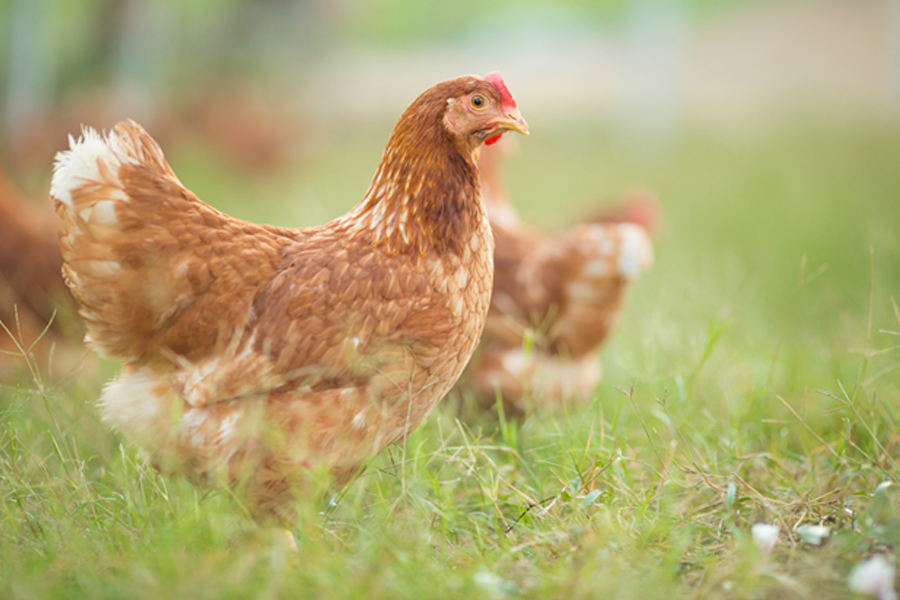
Now that you know where everything is, let us talk about how it all comes together. Remember the mating dance we discussed at the beginning of the article? Fast forward through the process, and stop where the rooster mounts the hen.
How chickens mate is through a process known as cloacal kiss or cloacal contact. During mating, the rooster mounts the hen from behind, using his legs to balance and his wings to steady himself. The hen will raise her cloaca to meet the male’s exposed cloaca. This allows for the immediate transfer of sperm from the male to the female. Once mating is complete, the rooster dismounts, and the hen may engage in a brief shaking motion to ensure proper sperm placement. Fertilization occurs internally, and the hen will lay eggs within a few days, which may be fertilized if mating was successful.
If sperm is in the infundibulum when the yolk is formed and begins to travel through the oviduct, the egg is fertilized and can produce a baby chick if incubated quickly after being laid.
Sperm is fertile for up to 30 days after transferring from the rooster’s cloaca to the hens. She stores the sperm near her oviducts in a sperm nest. So all eggs laid by that chicken for a month after mating are fertilized and have the possibility of being a baby chick if the hen goes broody and feels like incubating her eggs.
Did you know? The cloacas of both genders have a dual purpose. They are used for reproduction and pooping. Although the eggs release through the same area as their feces, the uterus flips inside out when delivering the egg, so they never touch poop (at least not when they are coming out).
How to Tell Your Hen is Broody
A hen is broody when she is ready to sit on her eggs, eventually becoming a mother to her baby chicks. When your hen is broody, she is no longer interested in mating at all. Here are the most noticeable signs indicating your hen is broody.
- She never leaves the nesting box.
- If you force her to move from the nesting box, she will become agitated and cluck and peck to break free and run back to her eggs.
- She will start to fluff up her feathers to give herself a larger appearance.
- She may pluck out her own chest feathers to get more heat to her eggs.
- She will not eat or drink as much as usual.
- Her poop may be larger and smell stronger than normal.
One of the best ways to know your chicken is broody is secretly listening to her softly clucking to her eggs as they are close to hatching.
How Do Hens Lay Eggs Without Rooster in the Coop?
If you own a flock of hens with no roosters insight, but your chickens are still laying eggs, you may be wondering how? Hens do not need a rooster to lay eggs. It is a natural process that will happen whether a rooster is present or not.
The only thing the rooster is good for during the egg-laying process is fertilizing the eggs. Without sperm, eggs will only be good for eating. When there is no fertilization process, you can not use the eggs to hatch chicks.
The Dangers of Chickens Mating
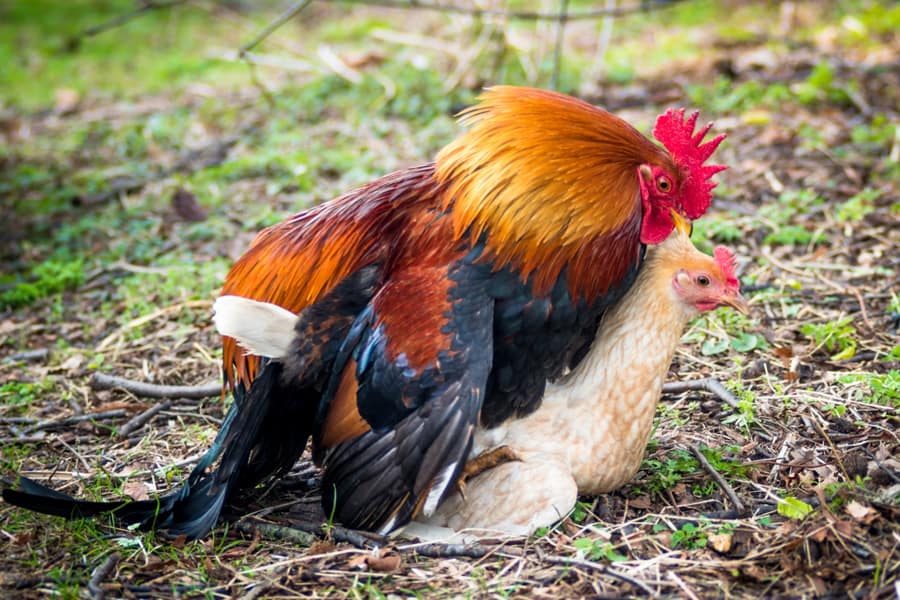
Have you ever heard someone state that their chicken has died right after mating? Many farmers have had to deal with this situation. Surprisingly, there are several reasons your flock could pass away from this process.
Injury to the Hen
Sometimes roosters can get carried away when looking to mate and may go after the same hen multiple times in one day, especially if there are not many hens to pick from. Also, if you have too many roosters in the coop and not enough hens, the roosters will take shifts and mate with the same chicken.
Besides pure exhaustion, this takes a large physical toll on the bird. Remember, roosters are balancing on top of the hen’s back to get the job done, which can injure or even break your hen’s back.
Roosters can also get a little aggressive and cause wounds and sores to the head and neck areas of the hens. Keep an eye out for any open cuts or bald spots where feathers are missing or broken.
Elevated Stress Levels
Although this is less common than it once was, roosters can end up dying from elevated stress levels resulting from long and frequent mating sessions. If your roster doesn’t seem to want a break, separating them from the hens for a few days may be necessary.
Rooster Fights
If there are not enough hens in the coop and multiple roosters, these males will fight for the right to mate with the female. It is very important to make sure you do not have too many roosters in one coop.
If you own multiple roosters it may be a good idea to separate them when possible.
FAQs
Are you looking for quick answers to your chicken mating questions? Here is a list of the most frequently asked questions, along with quick and simple answers.
Do You Need a Rooster if You Only Want Eggs For Eating?
No. Hens lay plenty of eggs, whether they have been fertilized by a rooster or not. The only reason you need a male is if you were planning on having your hens go broody.
Do Roosters Force Hens to Mate?
Roosters will do everything possible to grab the females’ attention. However, once he is in the mating stance behind her, the hen always has the option to simply walk away. There are many cases where hens will consistently refuse advances.
How Can You Tell Roosters are Ready to Mate?
Roosters will span out their wings and ruff up their feathers while doing a mating dance around the hen. As he closes in on her, he may also make a croaking sound.
How Often Do Roosters Mate?
Most roosters are looking to mate anywhere between 10,20, even 30 times a day, which is why it is a good idea to only have one or two roosters in a coop with 15 to 20 hens. If each rooster has about ten hens to divide his time up, the hens do not get overworked and injured.
At What Age Are Roosters Ready to Mate?
Male chickens reach sexual maturity at a young age, usually being around four to five months old when they mate.
At What Age Are Hens Ready to Produce Eggs?
Hens will begin egg production at about 16-weeks of age, the eggs will start small and will get larger as the chicken gets older.
How Do You Know When A Hen is Ready To Mate?
When a female chicken is ready to mate, it will squat down into position, widening its wings and giving the rooster the signal it is time to go.
How Old Are Hens When They Stop Laying Eggs?
Most hens have an average lifespan of 8-9 years but will stop laying eggs a few years before then, living the rest of their life relaxing and enjoying the time off.
Summing Things Up
A chicken’s mating ritual is a very unique process and one of the quickest between animals. There are many times on-lookers may have no idea what is happening in the coop. It is so quick and unusual.
The mating process can be energy-draining and stressful for male and female chickens, so keeping an eye on your flock is very important. If you notice injuries to your hen’s head, neck, or feathers, you may need to separate the roosters for a little while to give her a break.

